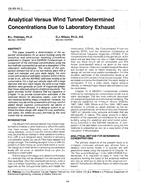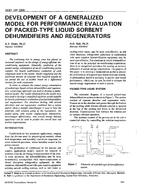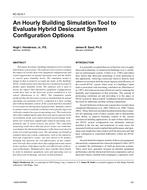Biohazard safety is a recognized concern in laboratory environments where biological agents are routinely handled. Such environments include microbiological laboratories, virology and pathology laboratories, autopsy rooms and laboratory animal quarters. These laboratories may be associated with clinical analysis, biological research, or the commercial production of biological materials.
A "biohazard" or hazardous biological agent may be defined as any substance which is harmful to the health or well-being of man, other animals or plants. This includes viable microorganisms, viruses, carcinogens, and toxic substances.
The development of clean room equipment closely parallels the development of biohazard safety from the standpoint of time and the influence of federal spending. Dust controlled roorns began to be used in industry for assembling vacuum tubes and low resistance miniature relays in the late 1950’s. These roorns were often called "white rooms" to emphasize the cleanliness requirements and special lint-free garments which were worn by the workers.
Much has been shared by the disciplines of industrial clean rooms and biological laboratories. Both are concerned with contamination control. In any contamination control system involving a product and people, there are three factors which must be considered: environmental control, personnel procedures, and process engineering. These factors have been discussed repeatedly in the clean room literature. In relation to laboratory biohazard safety these three considerations can be identified as follows:
1. Containment Equipment. Primary and secondary microbiological barrier equipment must be designed and used to prevent the spread of the aerosolized biohazard within the laboratory environment or to the outside environment. This containment equipment factor involves the understanding and proper application of clean room principles of air filtration and air control. The environment must be controlled before it is possible to control the other factors of contact transfer of contamination.
2. Safety Procedures. Carefully thought out and controlled procedures must be developed to prevent the direct contact between the biohazard agent and the laboratory worker. This involves the correct use of pipets, needles and syringes, gloves, and personnel hygiene procedures.
3. Process Equipment. Process equipment such as sterilizers, centrifuges, blenders and incubators must be carefully controlled to assure that contamination does not occur during their use. Such equipment should be analyzed for ease of decontamination or sterilization, elimination of splashing or aerosol production, and reduction of exposure of the worker to potential contact contamination.
Product Details
- Published:
- 1981
- Number of Pages:
- 9
- File Size:
- 1 file , 960 KB
- Product Code(s):
- D-CI-81-05-3
- Note:
- This product is unavailable in Russia, Belarus


